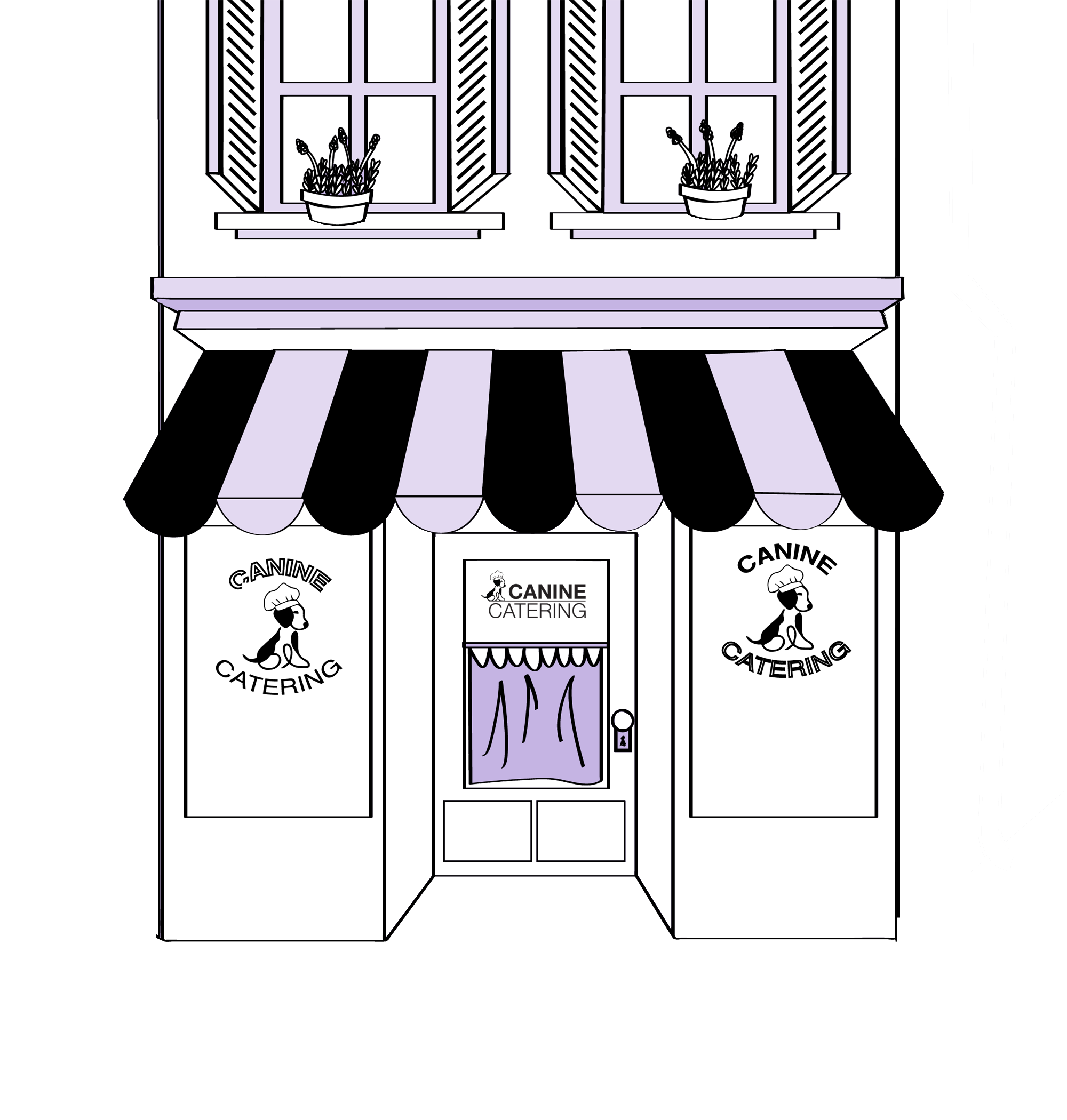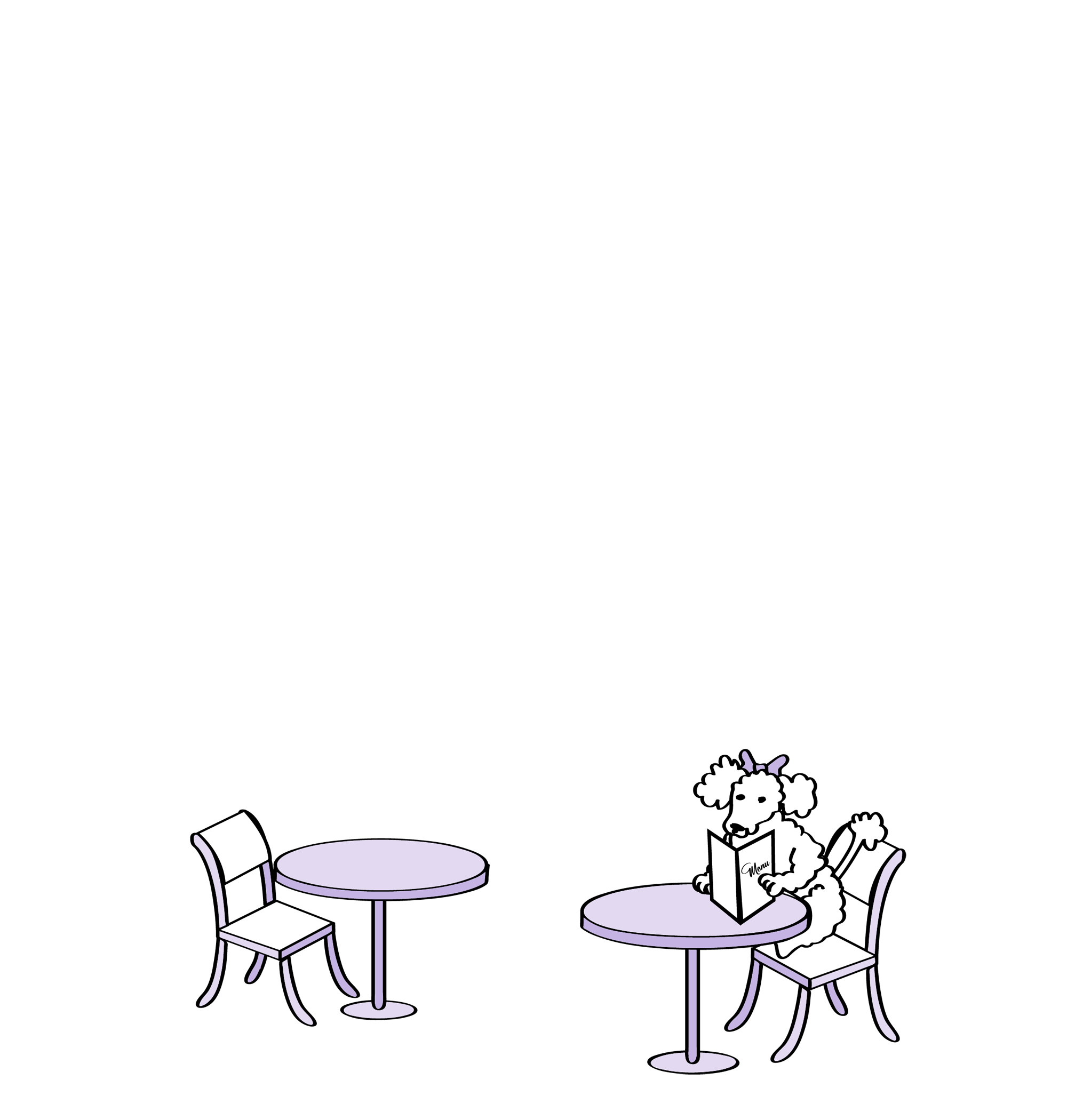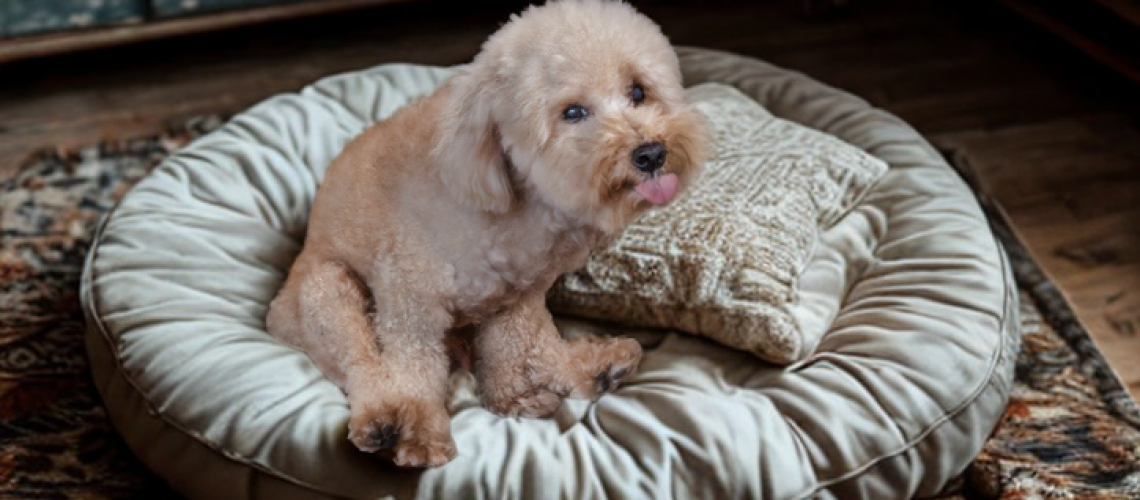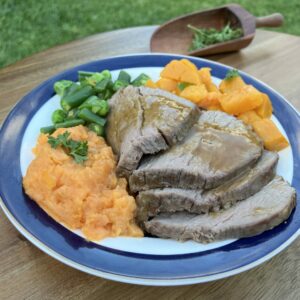Scooting. The common expression for when a dog drags its bottom along the floor. Veterinary science can explain why dogs do it, but not why it has to be done on a white rug, or your bedsheets, or slowly across the length of the living room whenever you have guests.
Scooting means your dog has an itchy bottom. Does your dog also lick at the area, or try to chew under the tail?
Sometimes a dog will just have an itch after diarrhoea or feel the need to clean the area after a poop. You can get rid of irritants with a warm bath with a gentle doggy shampoo. Best Friends Vet recommends cleaning the area with baby wipes.
A common cause of scooting is full anal glands. Usually, they empty when a dog does a poop, but if your dog has either runny stools or is constipated, the glands might not empty. To get bulkier stools, your dog will need a higher fibre diet.
 Bestfriendsvet (like many other vets) recommends increasing fibre with cooked pumpkin, sweet potato or green beans.
Bestfriendsvet (like many other vets) recommends increasing fibre with cooked pumpkin, sweet potato or green beans.
This is one of the many reasons these vegetables feature prominently in our meals.
If your dog has digestive problems, intolerances or allergies, please consult your vet.
Are there signs of skin irritation? Such as redness, rash or swelling.
Is the area free from fur?
If a dog hasn’t been groomed recently, the fur could be tangled under the tail. This can make it painful or even impossible to poop.
If you go to a groomer, note that some groomers routinely squeeze the glands on every visit. Dr Karen Becker advises this is OTT and can cause inflammation or even infection. She recommends helping your dog clear the glands naturally with a higher fibre diet.
Is your dog up to date with worming treatment?
We find the easiest way to remember is to use the monthly all-in-one treatment (flea, tick and worms) on the first day of every month.
Is there a bad smell?
This probably means an infection. Please promptly consult your vet.





